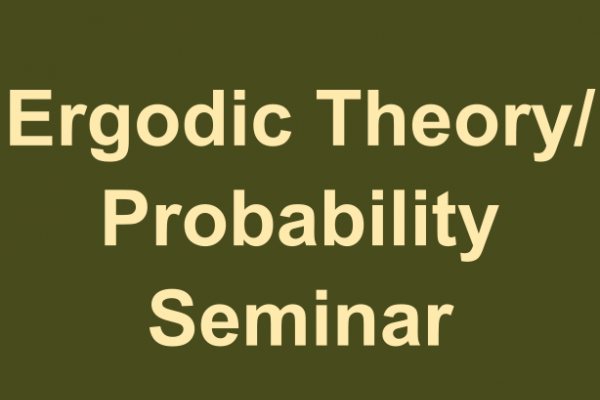
Title: A prime transformation with many and big self-joinings
Speaker: Jon Chaika (University of Utah)
Abstract: Let $(X,\mu,T)$ be a measure preserving system. A factor is a system $(Y,\nu,S)$ so that there exists $F$ with $SF=FT$ and so that $F$ pushes $\mu$ forward to $\nu$. A measurable dynamical system is prime if it has no non-trivial factors. A classical way to prove a system is prime is to show it has few self-joinings, that is, few $T \times T$ invariant measures that on $X \times X$ that project to $\mu$. We show that there exists a prime transformation that has many self-joinings which are also large. In particular, its ergodic self-joinings are dense in its self-joinings and it has a self-joining that is not a distal extension of itself. As a consequence we construct the first known rank 1 transformation that is not quasi-distal and show that being quasi-distal is a meager property in the set of measure preserving transformations, which answers a question of Danilenko. This talk will not assume previous familiarity with joinings or prime transformations. This is joint work with Bryna Kra.
